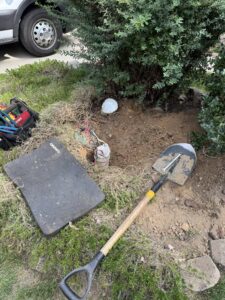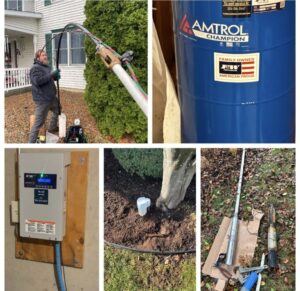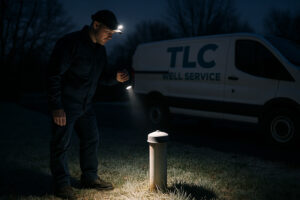Your well water should be fresh, clean, and safe every time you turn on the tap. But if bacteria make their way into your water supply, they can quietly cause serious problems for your health and home. The good news is that with the right approach, bacterial contamination can be caught early and corrected quickly. Let’s talk about how to spot it, and what to do if it’s found.
Signs Your Water May Be Contaminated
Most bacteria that contaminate well water are invisible, odorless, and tasteless. That means you often won’t know something’s wrong until someone gets sick or your water is tested. However, there are a few red flags you should never ignore. If you notice a sudden change in your water’s smell, such as a sulfur or rotten egg odor, it’s worth checking out. Cloudy water, slime buildup on fixtures, or unexplained gastrointestinal illness in your household can all point to bacterial contamination.
It’s also important to test your well water at least once a year, even if everything seems normal. One routine test can save you from weeks—or even months—of risk. In fact, after any flooding, nearby construction, or changes in your water system, testing isn’t just smart; it’s essential.
Understanding the Types of Bacteria
When we talk about bacteria in well water, we’re usually concerned with coliform bacteria. These are common in the environment and usually harmless on their own, but they act as warning signs. Their presence means there’s a pathway for more dangerous bacteria to get in. One type of coliform, E. coli, is particularly serious and can cause severe illness. If E. coli shows up in your water test, it’s time to act fast.
What to Do If Your Water Tests Positive
Don’t panic—but don’t ignore it either. The first step is identifying the source. Bacterial contamination can come from a cracked well casing, a damaged cap, improper surface drainage, or even something as simple as animal waste near your wellhead. A professional inspection can pinpoint the exact problem and recommend a targeted solution.
Next comes treatment. In most cases, shock chlorination is the first line of defense. This process introduces a high concentration of chlorine into the well to kill the bacteria. After treatment, the system is flushed and retested to make sure the contamination is gone. If the bacteria return, more permanent solutions like a continuous chlorination system or UV purification may be needed.
At TLC Well Service, we’ve helped countless homeowners eliminate bacteria from their wells and protect their families from unsafe water. Our team knows how to get to the root of the problem and fix it fast.
Prevention Is the Best Cure
Once your water is clean, keep it that way. Ensure your well cap is secure and the area around your well is clear of runoff, and schedule regular water testing. Don’t let years go by without checking your system. Bacteria don’t wait for a convenient time to appear.
If you suspect contamination or simply want peace of mind, TLC Well Service is ready to help. We offer water testing, inspection, and treatment options tailored to your unique well system. Don’t leave your health to chance—call us today, and let’s make sure your water is as safe as it should be.
Have more questions?
At TLC Well Service LLC, we provide fast, reliable service to get your well back up and running. Contact us today if you have any questions!




